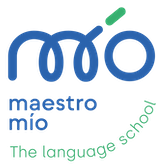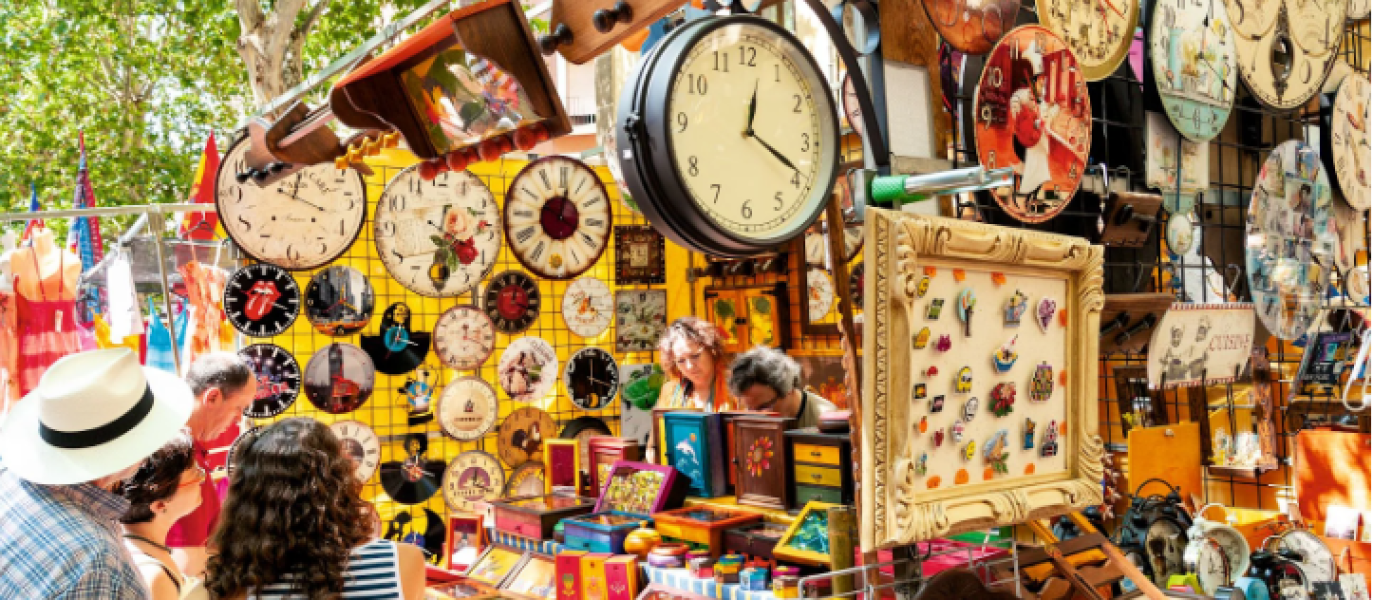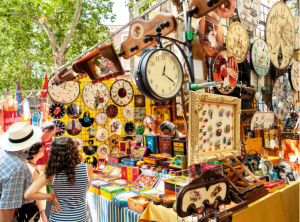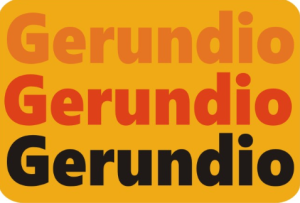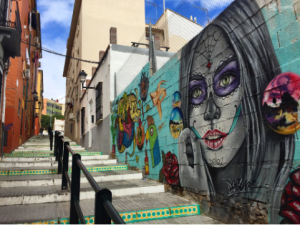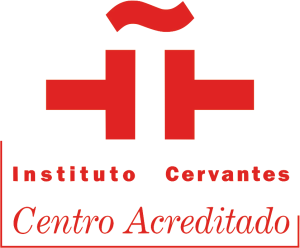El Rastro of Madrid is not just a market; it’s an experience. Every Sunday and public holiday, the streets of the La Latina neighborhood transform into a bustling labyrinth of stalls, voices, colors, and scents that, like few other places, capture the castizo soul of the city. This open-air market is one of the oldest and most famous in Spain, and visiting it is almost a must for both locals and tourists alike.
Did you know that you can also experience this authentic essence while learning Spanish in Madrid? At MaestroMío, we bring you closer not only to the language but also to the culture and traditions of the city.
A bit of history
The origins of El Rastro date back to the 15th century, when the area it now occupies was close to the city’s slaughterhouse, located where the Ribera de Curtidores stands today. The name “Rastro” comes from the trail (rastro) of blood left by the cattle as they were transported from the slaughterhouse to the nearby tanneries. Over time, merchants began to set up in the area to sell second-hand goods, clothing, antiques, and more.
By the 19th century, El Rastro was already a well-established and popular market, known for its eclectic character and for attracting all sorts of people. Its bohemian, somewhat chaotic spirit has endured to this day, becoming a Sunday tradition with a very special charm.
What you can find
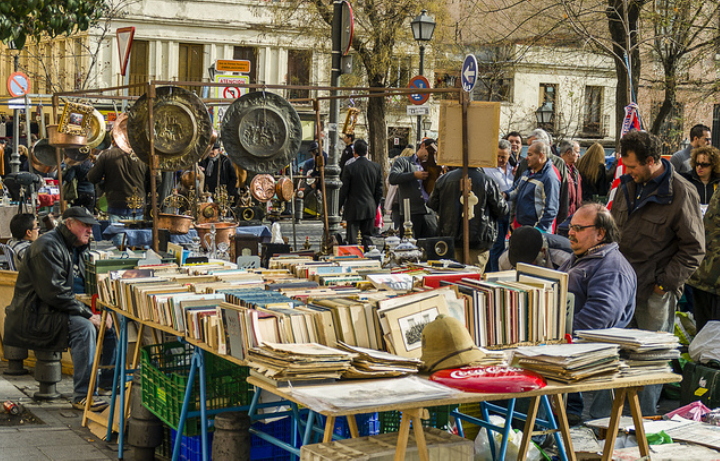
El Rastro is a paradise for lovers of the vintage, the curious, and the unexpected. While today some stalls offer more commercial products, there are still areas where you can find true treasures:
- Antiques: furniture, paintings, clocks, vintage cameras, books, and more, especially in the shops and galleries on Calle Carlos Arniches.
- Second-hand and vintage clothing: from military jackets to dresses from the 70s.
- Vinyl records, comics, and collectibles: a feast for nostalgics and collectors.
- Handicrafts and handmade products: perfect for original gifts.
- Curiosities: it’s not unusual to see quirky items like rotary telephones, stray chess pieces, or tools from centuries past.
How to get around and what not to miss
The heart of El Rastro is Ribera de Curtidores street, a long slope lined with stalls on both sides. However, the most interesting finds are often in the surrounding streets:
- Plaza del General Vara del Rey and Plaza de Cascorro: where most of the atmosphere is concentrated.
- Calle San Cayetano: known as the street of painters, where artworks and art supplies are sold.
- Calle Mira el Río Baja and Mira el Río Alta: perfect for bargains and unusual items.
Pro tip: Arrive early (around 9:00 or 10:00 a.m.) if you want to avoid crowds and snag the best items before they’re gone.
Fun facts you might not know
- El Rastro has inspired writers such as Benito Pérez Galdós and appears in films, novels, and songs.
- There’s no official map of El Rastro, and that’s part of its charm: getting lost in its streets is almost mandatory.
- Over the years, it has been a refuge for bohemians, artists, hustlers, and the simply curious.
- Some nearby businesses have been open for decades and are living history of Madrid.
And afterward, vermouth!
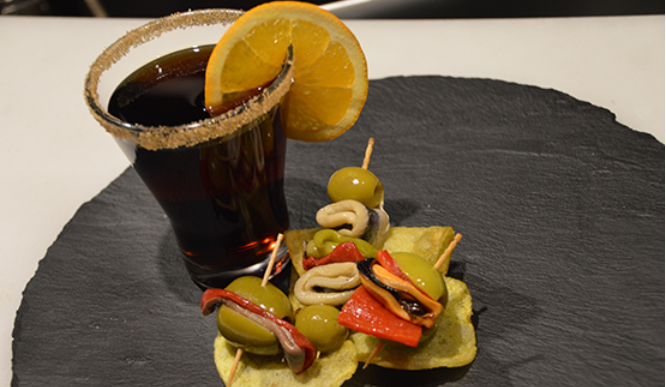
A visit to El Rastro wouldn’t be complete without finishing it off with a draft vermouth and a tapa at one of the nearby bars. The La Latina area is full of taverns and terraces where you can rest after all that browsing and bargaining.
Practical tips
- Bring cash—many stalls still don’t accept cards.
- Watch your belongings: as in any crowded area, stay alert.
- If you like something, don’t overthink it—you probably won’t see it again.
El Rastro is Madrid in its purest form: vibrant, unpredictable, full of life. If you want to experience the most authentic side of the city, don’t miss it. Who knows what gem (or story) might be waiting for you among its streets?
